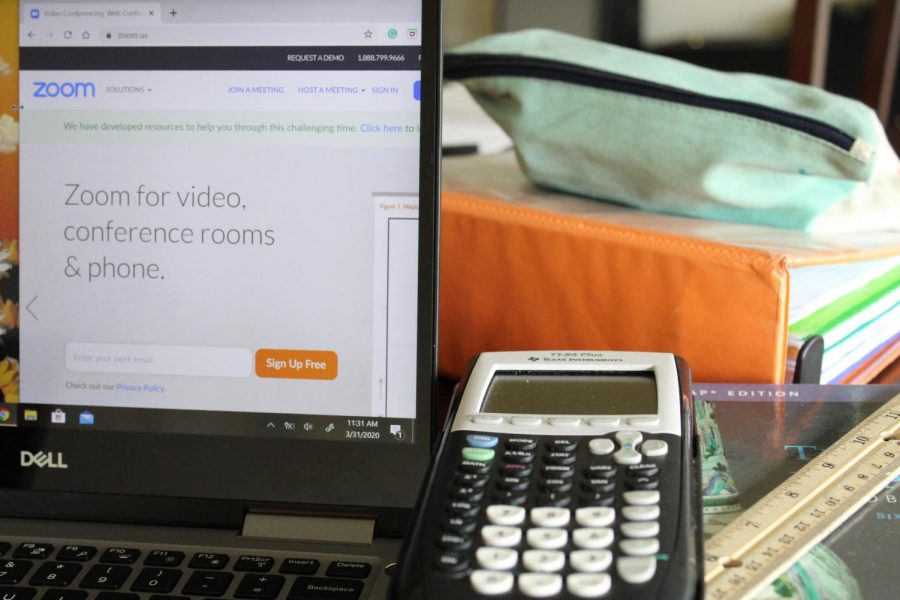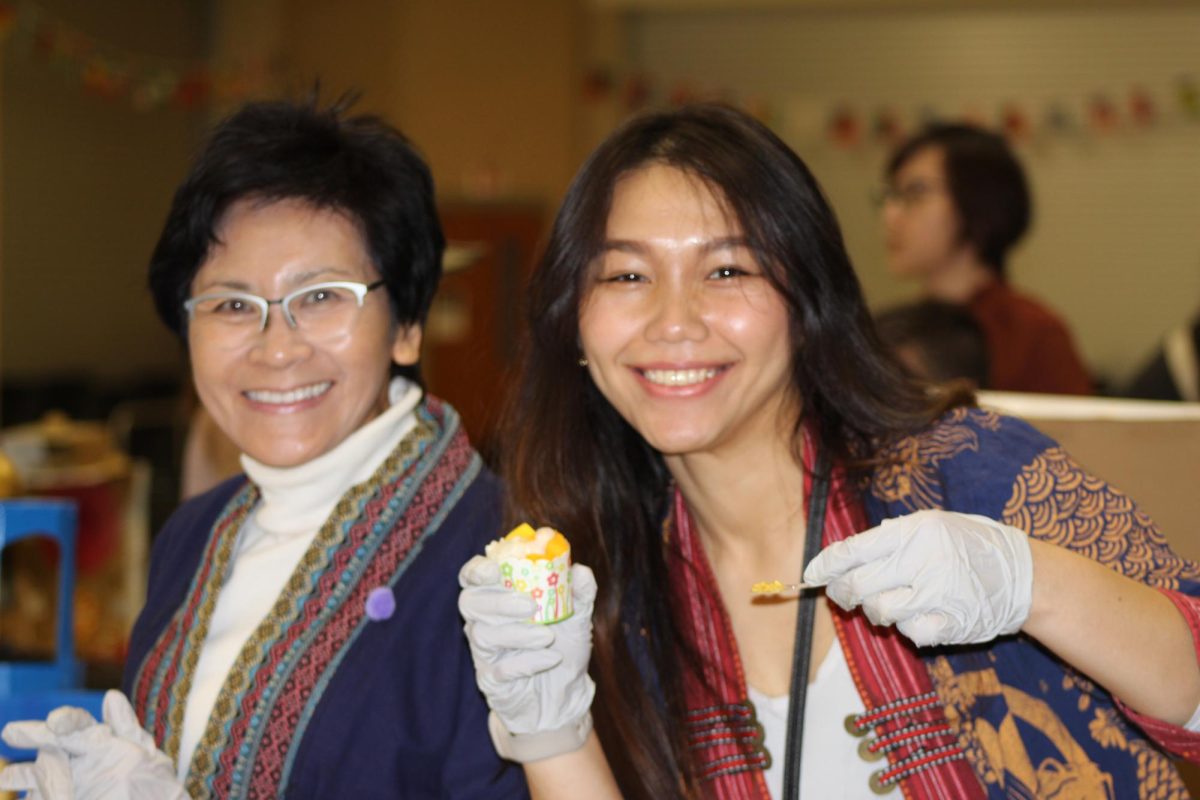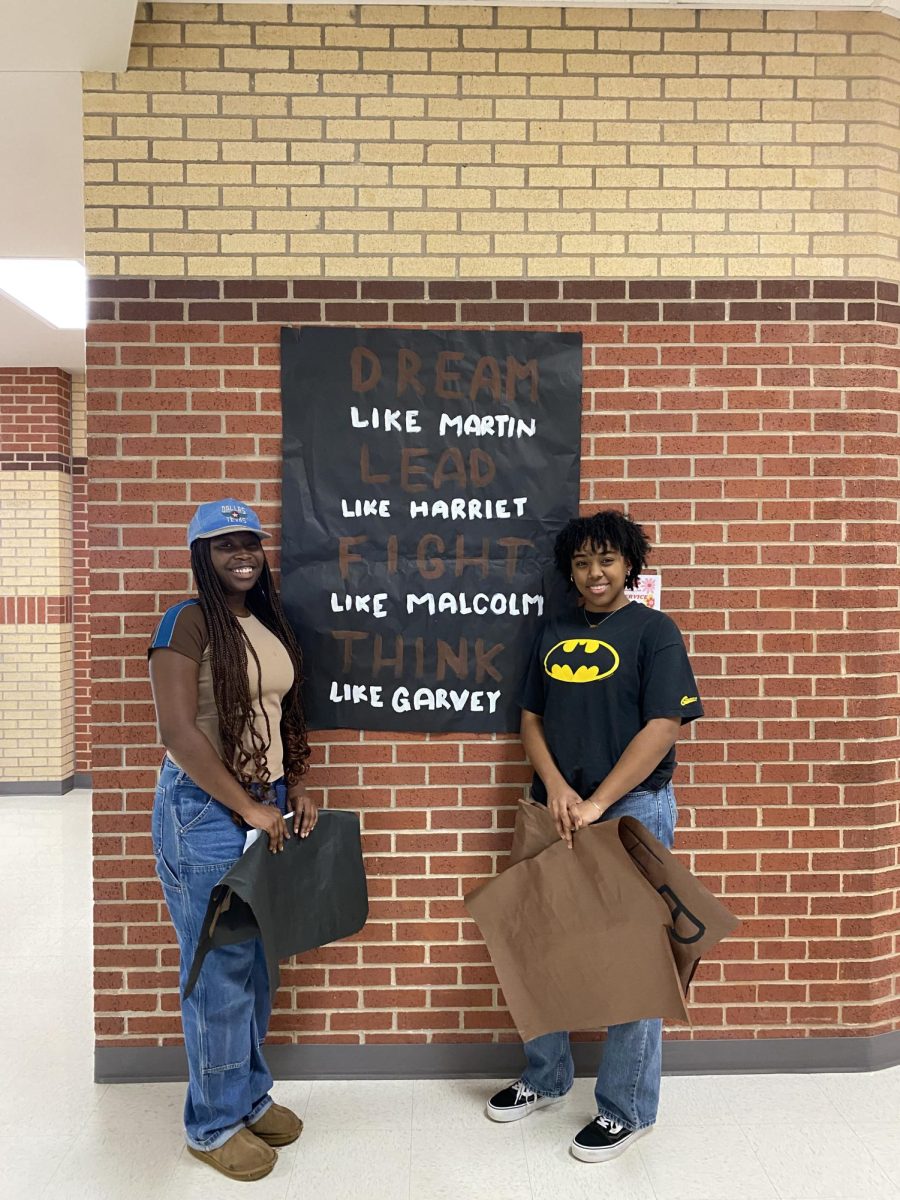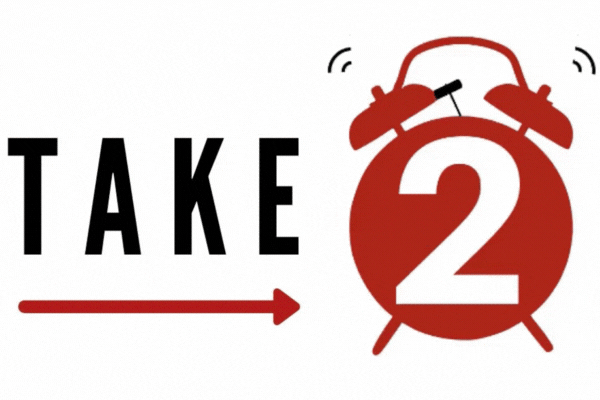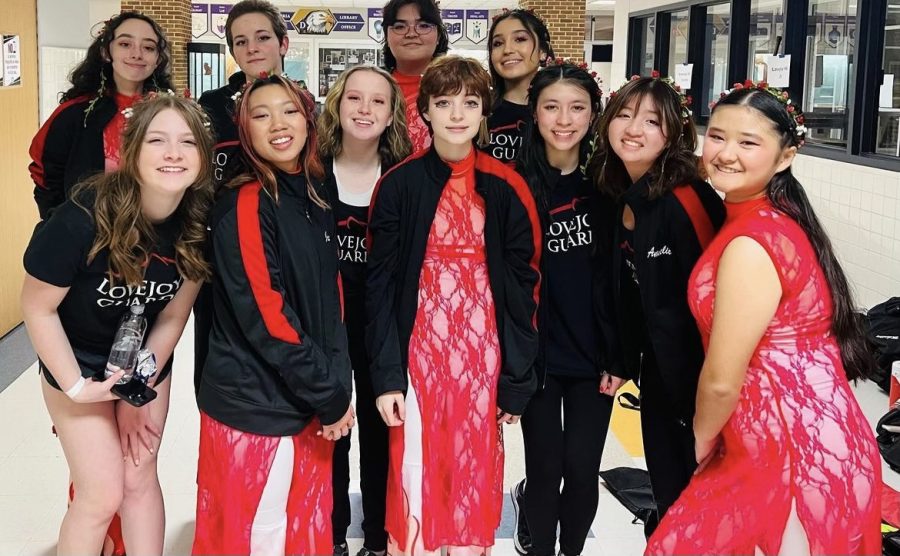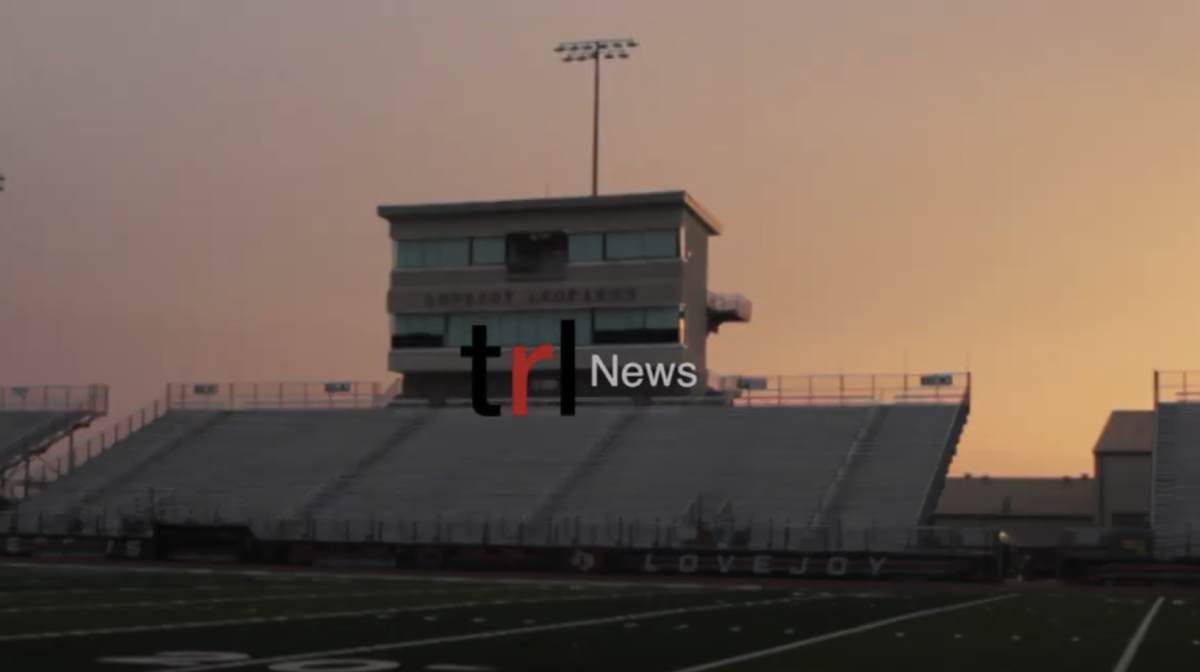With the recent restrictions placed upon the school district concerning COVID-19, teachers and students have had to adapt to at-home learning .
Utilizing their slogan “Leaping into @ Home Learning”, the district has recently implemented a temporary online-learning system that incorporates a modified course curriculum for students to follow while at home, adhering to the Centers for Disease Control safety precautions.
“Essentially, we are trying to give the best possible education to students online,” AP psychology teacher John Baker said. “With the current health situation, all the teachers and administrators are trying to do the best we can to help the kids.”
Both Zoom, an online video communication program, and Google Classroom are being utilized by teachers and students as they transition into at-home learning. These resources, although different in purpose, are available for students to communicate with their teachers and stay up to date on assignments.
“Because we have no face-to-face school options right now, I believe [online learning] has been implemented to still include some virtual face-to-face time,” AP language & composition and English II teacher Lindsay Hamilton said. “We were already using Google Classroom almost daily, so that has been a pretty seamless transition for our school, in particular. It’s definitely a simplified version of what we were doing, but the Zoom element allows us to continue to build relationships with our students and give feedback even in unprecedented times.”
To accommodate all students, the district sent out a technology request form, so families who might not have these resources can receive the necessary devices they need to participate in the online learning program.
“It is our intent for every student to have the means to access the necessary programs,” anatomy and biology teacher Theresa Dollinger said. “We have also agreed to not use anything “new” or difficult to manage without providing instruction and/or technology training. This helps ensure the students are able to be successful.”
Although at-home learning provides students with a way to keep learning new material during an ongoing health crisis, it differs from the traditional classroom setting.
“Google Classroom is great at pushing out content, and Zoom allows us to still interact face to face, but I would be lying if I didn’t admit that I prefer having students in class,” Baker said. “That classroom dynamic can create a comradery that Zoom can’t recreate. But, given the circumstances, I think the district is doing the best we can to serve our students.”
Teachers preparing for upcoming Advanced Placements exams have also had to adapt to the online course curriculum.
“I’m struggling with not being able to walk over to a desk and quickly check for a student’s understanding and then listen to their thinking aloud while they have a thought-provoking conversation with their group members,” Hamilton said. “I miss being able to do a countdown to the AP exam with my AP Lang students and feeling like I’m doing everything I can to prepare them.”
Many students have found online learning as an enormous change, both socially and academically.
“It’s difficult to motivate myself and avoid distractions since I’m at home, and it’s hard to not have teachers available for help,” senior Olivia Porsch said. “It’s definitely easier to learn when I’m around my friends and with teachers, because I feel more guided and can ask for help which is hard to replicate, even on platforms like Zoom.”
Regardless of restrictions, the district and the teachers are working together to help students adapt to at-home learning.
“I miss my students and their sweet faces,” Dollinger said. “I miss talking to them about life, sharing advice, my lunch crew, etc. I love the connections, interactions, and relationships that I have with my students and building on those will be a little bit more difficult now, but I will make every effort to do so. They are the reason I teach, the reason I love my job and the reason I will do everything I can to keep them safe.



